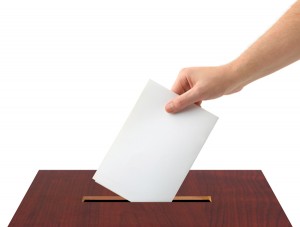By Steve Brawner, © 2018 by Steve Brawner Communications, Inc.
States often are described as laboratories of democracy, which is good because our democracy definitely needs some tinkering. These past few weeks, we’ve seen how three states in particular are running their experiments.
On Tuesday, California held its “top two” party primaries. Republicans, Democrats, and all other candidates appeared on the same ballot, and the top two finishers advanced to the general election regardless of party label.
Why do this? Under the traditional primary system, like in Arkansas, voters choose between participating in the Republican and Democratic primaries. Nationwide, these tend to attract low turnouts composed of a disproportionate share of partisan and ideological voters. As a result, the winners tend also to be partisan and ideological, or at least pretend to be.
The consequence has been a Congress composed heavily of conservative Republicans and liberal Democrats, with a void between them where statesmanlike compromise is supposed to occur. Without a healthy center, Congress gets stuck in gridlock, unable to accomplish even its most basic responsibilities such as passing a budget. The top two voting system theoretically would help remedy this by forcing candidates to appeal to the broader electorate, including voters in the center, assuming there still are some. Continue reading Democracy’s laboratories →
